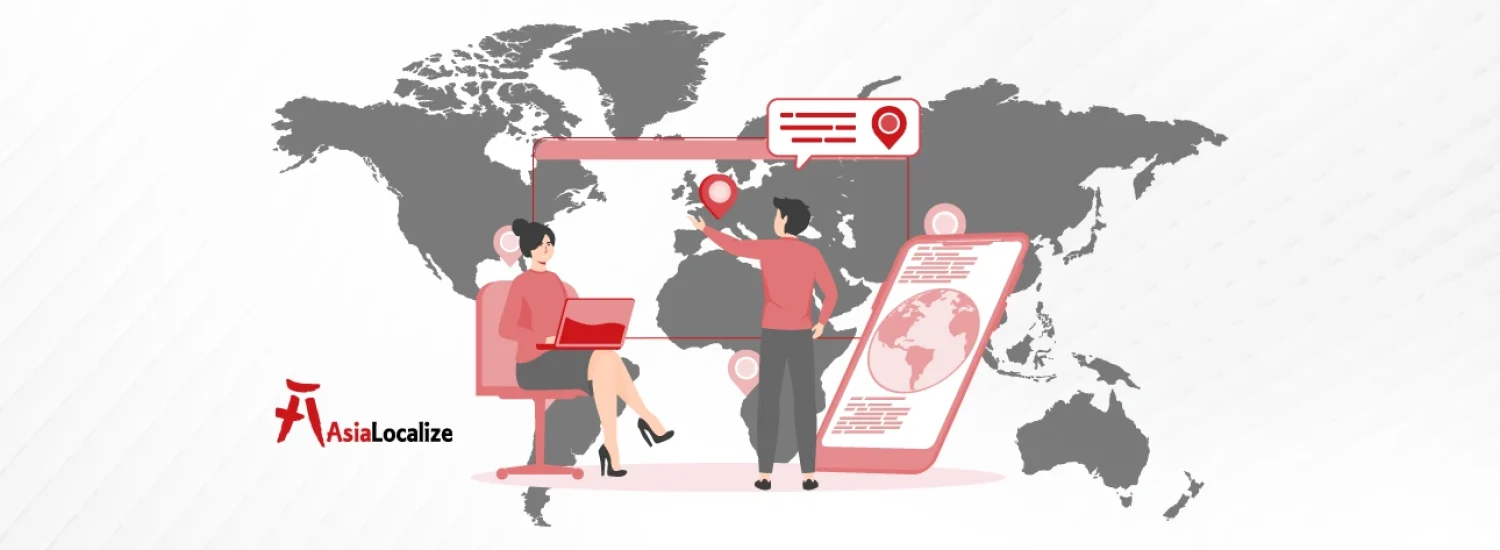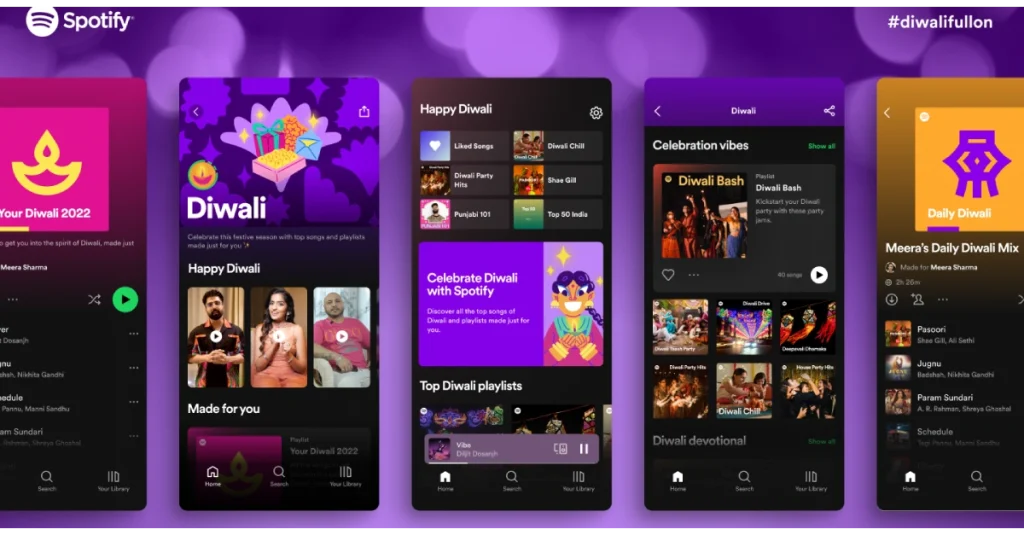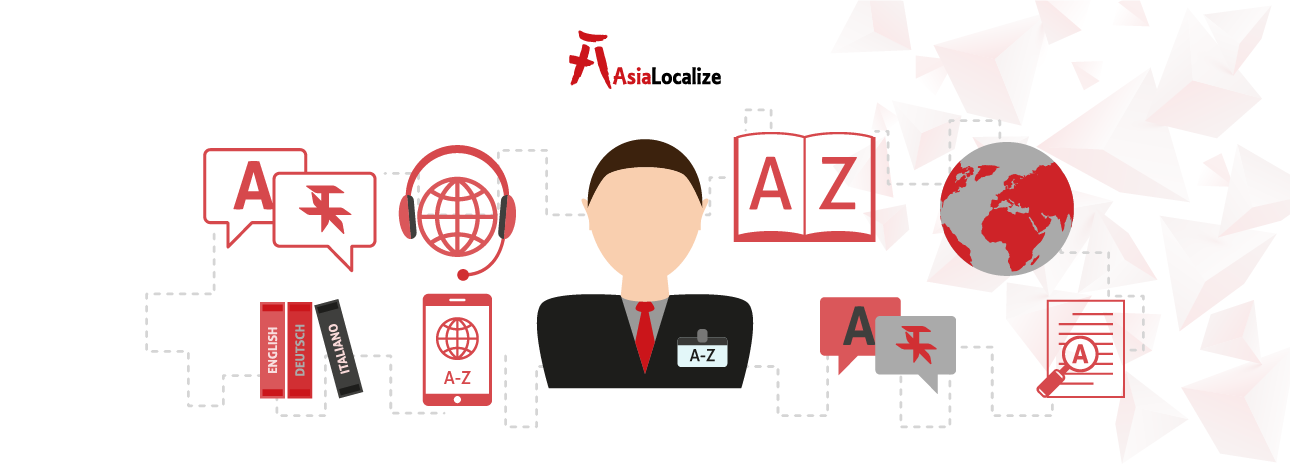A 2023 study found that 74% of consumers will stop using a brand if its local experience feels awkward or wrong.
The truth is that localization is about making people feel seen. Too many companies build their global strategies with a map in hand—mapping markets, ticking off tasks, and translating terms—without ever stopping to ask: Does this feel human?
In 2017, Nivea learned the hard way that words don’t always travel well—“White is purity”, meant to promote a deodorant, ended up sparking global outrage and accidentally aligning the brand with extremist groups.
So we’re here to ask the hard question: Is your localization strategy just smart—or is it also sensitive?
Because if you want to win hearts around the world, your strategy needs more than logistics; it needs a heart.
What is Localization Strategy?
A localization strategy is the process of adapting your content, design, messaging, and user experience to fit the cultural context of each regional market you serve. It’s about speaking to people in a way that feels native, relevant, and fits naturally into their everyday lives.
That means tweaking visuals to reflect local beauty standards, adapting colors to avoid cultural taboos, adjusting payment options, and even rethinking tone and humor. It’s about showing up like you truly “get” your audience.
Spotify’s Diwali hub is a powerful example of a localization strategy done right. When it rolled out curated playlists specifically for Diwali in India, the platform didn’t just add a few Bollywood tracks and call it a day. It tapped into mood, tradition, and timing.
| Going global? Don’t lose the local. Discover how smart localization in marketing turns campaigns into conversations. |
The Importance of Localization Strategy
Brands that localize effectively build lasting relationships, with studies showing they can achieve up to double the customer retention rates of those who don’t. And when it comes to growth, the numbers speak even louder: enterprise companies that localize are 2.5 times more likely to experience year-over-year growth, and nearly twice as likely to see a rise in revenue.
Take Nike’s approach in Brazil as a case in point. Rather than rolling out generic global campaigns, Nike embraced local culture, highlighting iconic Brazilian football stars, embracing the country’s passion for community, and positioning itself as a premium but accessible brand.
| Planning to Scale Globally? Know the Difference That Matters. Get clarity on localization vs. internationalization in one simple guide. |
How to Create a Localization Strategy in 6 Steps
A great localization strategy starts with listening. To truly resonate with global audiences, brands need more than a checklist; they need a thoughtful, layered approach rooted in empathy, insight, and execution. Here’s how to do it right:
Identify Target Markets with Intention
Before you launch globally, ask yourself: Where does it make sense to go next?
Use data like purchasing power, market demand, and user demographics to prioritize regions. This is about knowing where your message will matter most. If your product is gaining unexpected traction in Mexico or Poland, that’s a signal worth listening to.
Conduct Cultural Adaptation Audits
Not every joke translates. Not every color means what you think it does.
Take time to study local customs, taboos, humor, and visual symbolism.
What works in Germany may fall flat—or worse, offend—in Japan. This step is about respect: understanding the emotional and cultural fabric of your audience before speaking into it.
Develop a Multilingual Content Localization Strategy
Think beyond translation. What feels local, not just reads local?
This is where professional marketing translation and transcreation services shine. Whether you’re adapting taglines, website content, or product descriptions, the goal is to sound like you were born there, not like you hired a translator yesterday.
Leverage AI Tools to Work Smarter
Localization at scale needs smart systems behind it.
AI tools can automate repetitive tasks, manage multilingual content workflows, and keep your tone consistent across dozens of markets. Let AI handle the heavy lifting, so your team can focus on creativity and cultural nuance.
Test Locally Before Going Big
Run a small-scale launch in one market first.
Many brands, for instance, use Sweden as a small test market for EU expansion. As Sweden’s tech-savvy consumers share both local and Europe-wide tastes, making it a great place to test first. Local testing gives you room to spot issues and refine your plan before scaling up.
Track What Matters (and Listen Closely)
You can’t improve what you don’t measure.
Monitor KPIs like conversion rates, bounce rates, time on site, and customer feedback, and break them down by region. Are users in Japan leaving the page quickly than those in France? That might tell you something about tone, UX, or content alignment.
Industry-Specific Best Practices
Different industries require different localization moves, both in how products work and in how they feel to users. Here’s how localization plays out when tailored to the real-world needs of specific sectors:
E-commerce Localization Strategy: Speak the Language of Trust
When people buy online, it’s not just about what’s in the cart—it’s about how they pay for it.
That’s why successful e-commerce brands localize more than product descriptions—they localize checkout experiences too. In China, for instance, offering Alipay or WeChat Pay is always expected. The more local your payment options, currency, and shipping details, the more likely shoppers are to click “Buy Now” with confidence.
Localization for SaaS Platforms: Design with the Region in Mind
Software lives inside regional rules, habits, and expectations.
For SaaS companies, localization means adapting UI elements, privacy settings, and onboarding flows to align with local laws and user behaviors. In Europe, that might mean building in GDPR compliance notices that are legally accurate and user-friendly. In Japan, it could be as simple (and critical) as rethinking font sizes or reading direction.
Localization Strategy for Gaming: Create Worlds That Feel Native
Gamers want immersive experiences; they want to belong in the world you’ve built.
That’s why top gaming studios go beyond subtitles. Take Cyberpunk 2077, which featured region-specific voiceovers, slang, and cultural references to make players in Brazil, Japan, or Poland feel like the game was made just for them. Localization here is about immersion, and it makes the difference between a game that’s played and a world that’s lived in.
Turn ‘Nice Words’ into Local Impact
Explore our marketing translation services.
Essential Tools for Localization Strategy
Behind every seamless global experience is a solid tech stack making it all happen. Localization at scale needs the right tools to keep everything running smoothly.
- Smartling is a software for managing localization workflows—from content handoffs to translation updates—making it easier to stay consistent across markets while freeing up your team for the creative stuff.
- Figma is a localization lifesaver. You can preview how layouts adapt across different languages (because German will stretch your UI), helping your designers avoid awkward text overflows or misaligned visuals.
- And then there’s AI. Tools like ChatGPT are making transcreation smarter and faster by helping teams draft region-specific copy, adapt the tone of voice, and even predict local content trends, turning data into messages that truly connect.
How to Measure Localization ROI
Let’s talk results, because great localization should speak to both hearts and spreadsheets.
A simple way to track return on investment is this formula:
(Revenue from localized markets − Localization costs) ÷ Localization costs × 100
But beyond revenue, look at what’s happening behind the scenes. Are support tickets dropping? Are bounce rates improving in non-English markets?
A thoughtful localization strategy is how you build relationships that last.
From Diwali playlists that spark joy in India to in-game slang that makes a player in São Paulo feel right at home, localization is what turns content into connection. But getting it right takes more than good intentions. It takes cultural insight, linguistic expertise, and the kind of experience that only comes from doing the work over and over again.
At AsiaLocalize, we’ve been helping global brands feel local for over 12 years. Whether you’re scaling a SaaS platform, launching an e-commerce store, or expanding your marketing into new markets, we bring the strategy, tools, and native-level expertise to help you land with impact.
Not Sure If You’re Hitting the Right Notes Globally?









